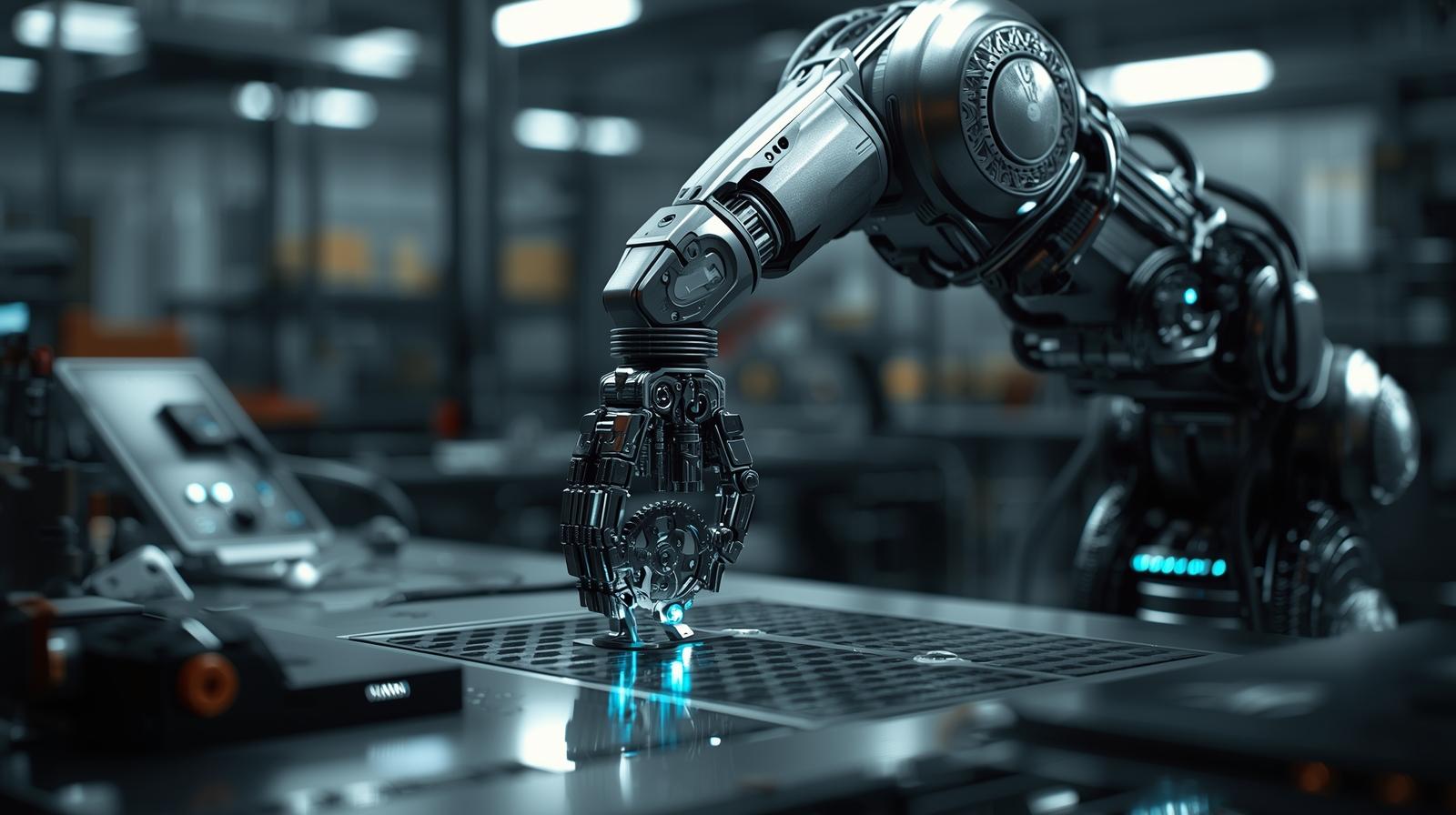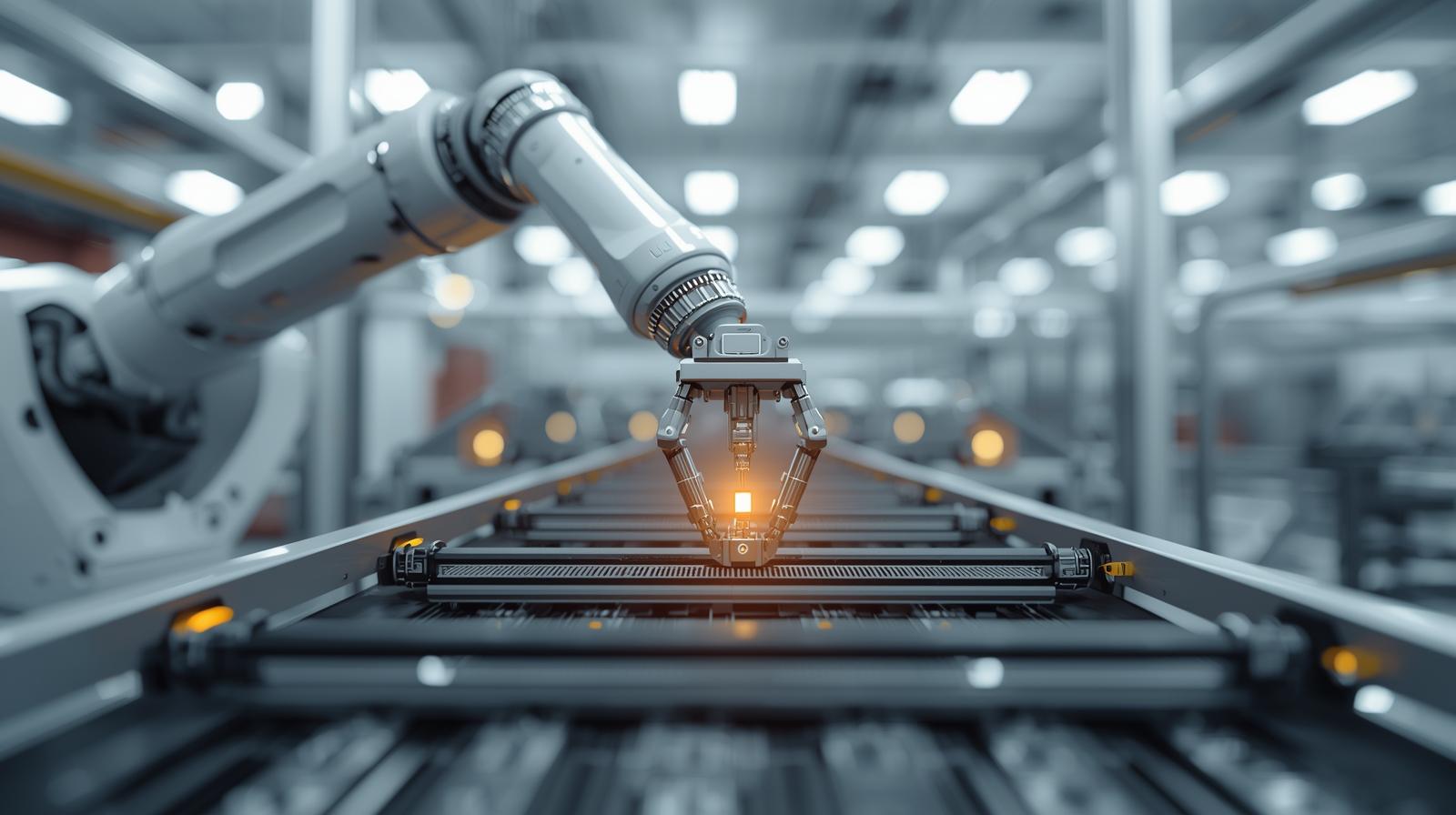The integration of robotics into our daily lives is accelerating at an unprecedented pace. From massive industrial arms welding car chassis to nimble collaborative robots (cobots) working alongside humans in assembly lines, and even domestic robots assisting in homes, their presence is becoming ubiquitous. With this increased proximity to humans and critical processes, the imperative for safety becomes paramount. This is where the concept of Functional Safety in Robotics transitions from a technical requirement to an ethical and operational cornerstone. It is the engineering discipline dedicated to ensuring that a robotic system operates correctly in response to its inputs, thereby preventing hazardous events or mitigating their consequences. It is not about absolute safety, but about managing risk to an acceptable, defined level.
The consequences of neglecting Functional Safety in Robotics can be catastrophic, ranging from severe injury and loss of life to massive equipment damage and production downtime. A malfunctioning robot, due to a software glitch, hardware failure, or an unforeseen interaction, possesses immense kinetic energy. Functional Safety provides a systematic framework to design systems that are inherently safe by nature. It builds confidence among operators, accelerates adoption in sensitive sectors like medical and aerospace, and is often a legal prerequisite for selling robotic equipment in many global markets. It is the bedrock upon which trust in automation is built.
The global functional safety market is projected to grow from USD 5,883.3 million in 2024 to USD 7,896.6 million by 2029, at a CAGR of 6.1% during the forecast period.

Core Principles and Definitions
At its heart, Functional Safety in Robotics is about the absence of unacceptable risk due to hazards caused by malfunctioning behavior of electrical, electronic, and programmable electronic (E/E/PE) systems. Key terms include the Hazard (a potential source of injury or damage), the Hazardous Event (when a hazard is realized), and Risk (the combination of the probability of a hazardous event and its severity). The goal is to reduce this risk through Safety Functions—specific functions of a machine that are intended to achieve or maintain a safe state. For example, a safety function could be stopping a robot’s movement when a person enters a predefined safeguarded space.
The Risk Assessment Process: The Starting Point
You cannot manage what you do not measure. The entire process of implementing Functional Safety in Robotics begins with a thorough risk assessment. This is a systematic, multi-step procedure:
-
Identify Hazards: Pinpoint all potential sources of harm, including crushing, shearing, impact, entanglement, electrical shock, and even non-physical hazards like radiation or noise.
-
Estimate Risk: For each hazard, evaluate the severity of potential harm and the probability of its occurrence. This creates a risk profile for each task and operational mode of the robot.
-
Evaluate Risk: Compare the estimated risk against predefined risk acceptance criteria. If the risk is deemed too high, risk reduction measures must be applied.
-
Risk Reduction: This is the core action phase where Functional Safety in Robotics comes into play, implementing safety functions to reduce risk to an acceptable level.
Designing for Safety: Hardware and Software
Implementing safety functions requires a holistic approach encompassing both hardware and software design. Hardware safety involves using components with known reliability data (high MTTFd), redundant circuits (e.g., two-channel emergency stop buttons), and fault-tolerant architectures (Category 2, 3, or 4 per ISO 13849). Software safety is equally critical, requiring rigorously developed and verified code following standards like IEC 61508-3. Techniques include modular design, code reviews, static analysis, and extensive testing to prevent systematic faults and ensure deterministic behavior under all conditions.
Safety Functions in Robotic Applications
These are the tangible outcomes of the Functional Safety in Robotics process. Common safety functions implemented in robotic workcells include:
-
Emergency Stop: A hardwired, redundant function that initiates a category 0 or 1 stop.
-
Safeguarded Stop: Halts robot motion when a protective device, like a light curtain or safety mat, is breached.
-
Safe Operating Stop: Maintains power to the robot to hold position but prevents any further motion initiation.
-
Speed and Separation Monitoring (SSM): Uses safety-rated vision systems or sensors to monitor the distance between a human and the robot, dynamically slowing or stopping the robot as the separation distance decreases.
-
Power and Force Limiting (PFL): A core feature of cobots, where the robot’s motors and sensors are designed to intrinsically limit the forces and torques it can exert, minimizing the potential for injury upon contact.
The Rise of Collaborative Robotics and Safety
Collaborative robots represent the ultimate expression of Functional Safety in Robotics. They are designed from the ground up to share workspace with humans. Their safety is not reliant on fences alone but is achieved through a combination of inherent design (rounded edges, PFL) and integrated safety functions (SSM, hand guiding). The ISO/TS 15066 technical specification supplements ISO 10218 by providing detailed guidance on collaborative operation, including pain threshold data for power and force limiting, which is crucial for safe physical human-robot interaction (pHRI).

Verification, Validation, and Documentation
Designing a system is only half the battle. Verification (ensuring you built it right) and Validation (ensuring you built the right thing) are critical. This involves testing every safety function under normal and fault conditions to prove it meets the required Performance Level (PLr). Meticulous documentation is the thread that ties the entire process together. This includes the Risk Assessment, safety requirements specification, design documents, and test reports, forming a safety case that demonstrates due diligence and compliance.
The Future of Functional Safety in Robotics
As robotics evolves, so do the challenges for Functional Safety in Robotics. The future involves ensuring the safety of increasingly complex systems like mobile robots navigating dynamic environments, robots using AI and machine learning for decision-making (where behavior is non-deterministic), and robots interacting in swarms. New standards and methodologies are being developed to address these challenges, moving towards a goal of certifying the safety of autonomous systems that can adapt and learn while still guaranteeing a bounded, safe operational envelope.
Download PDF Brochure @ https://www.marketsandmarkets.com/pdfdownloadNew.asp?id=146773188
Safety as a Foundation, Not a Feature
Functional Safety in Robotics is not a checkbox exercise or a feature that can be bolted on at the end of a design process. It is a fundamental philosophy that must be woven into the very fabric of a robotic system’s lifecycle—from initial concept and design to integration, operation, and eventual decommissioning. By adhering to established standards, conducting rigorous risk assessments, and implementing verified safety functions, we can harness the incredible power and potential of robotics while ensuring a safe and productive future for human-robot collaboration.
Explore In-Depth Semiconductor & Electronics Market Research
https://www.marketsandmarkets.com/semiconductorand-electonics-market-research-87.html
FAQs on Functional Safety in Robotics
Q1: What is the difference between Functional Safety and traditional machine guarding?
Traditional machine guarding, like physical fences and cages, is a preventive measure that creates a permanent barrier between the hazard and the human. Functional Safety is an active, dynamic system that uses sensors, logic, and actuators to monitor the system and take action (like stopping the robot) when a potentially hazardous condition is detected. Modern systems often use a combination of both.
Q2: Who is responsible for Functional Safety in a robotic workcell?
Responsibility is shared but distinct. The robot manufacturer is responsible for the safety of the robot itself (per ISO 10218-1). The system integrator (the company that designs and builds the complete workcell) bears the primary responsibility for the overall safety of the integrated system, including risk assessment and implementing safeguards (per ISO 10218-2). The end-user has a responsibility for maintaining the safety systems and ensuring safe operating procedures are followed.
Q3: Can a robot be 100% safe?
No. Absolute safety is an unattainable goal. The aim of Functional Safety in Robotics is to reduce risk to an acceptable level, as defined by societal norms and international standards. There is always some residual risk, but it is managed and minimized to a point where it is considered tolerable for a given application.
Q4: How does AI impact Functional Safety in Robotics?
AI and machine learning introduce significant challenges because their decision-making processes can be non-deterministic and difficult to verify using traditional methods. Ensuring the functional safety of AI-driven robots is a major focus of ongoing research, looking at techniques for explainable AI (XAI), runtime monitoring, and creating safety cages that limit the AI’s actions to a pre-verified safe envelope.
Q5: Is Functional Safety only important for large industrial robots?
No. While the potential for severe injury is greater with large, powerful robots, Functional Safety principles apply to robots of all sizes. A small desktop robot arm, a mobile logistics robot, or even a sophisticated drone can present hazards (pinch points, electrical faults, etc.) that need to be mitigated through safe design. The required Performance Level (PL) may be lower for smaller robots, but the process is equally
See The Latest Semiconductor Reports:
Sensor Patch Market Size, Share & Trends : https://www.marketsandmarkets.com/Market-Reports/sensor-patch-market-50239064.html
Semiconductor Market for Robots Size, Share & Trends: https://www.marketsandmarkets.com/Market-Reports/semiconductor-market-for-robots-115553523.html
Virtual Production Market Size, Share & Trends: https://www.marketsandmarkets.com/Market-Reports/virtual-production-market-264844353.html
Haptic Technology Market Size, Share & Trends : https://www.marketsandmarkets.com/Market-Reports/haptic-technology-market-443.html
Microgrid Market Size, Share & Trends: https://www.marketsandmarkets.com/Market-Reports/micro-grid-electronics-market-917.html
Oil Condition Monitoring Market Size, Share & Trends: https://www.marketsandmarkets.com/Market-Reports/oil-condition-monitoring-market-62105661.html
